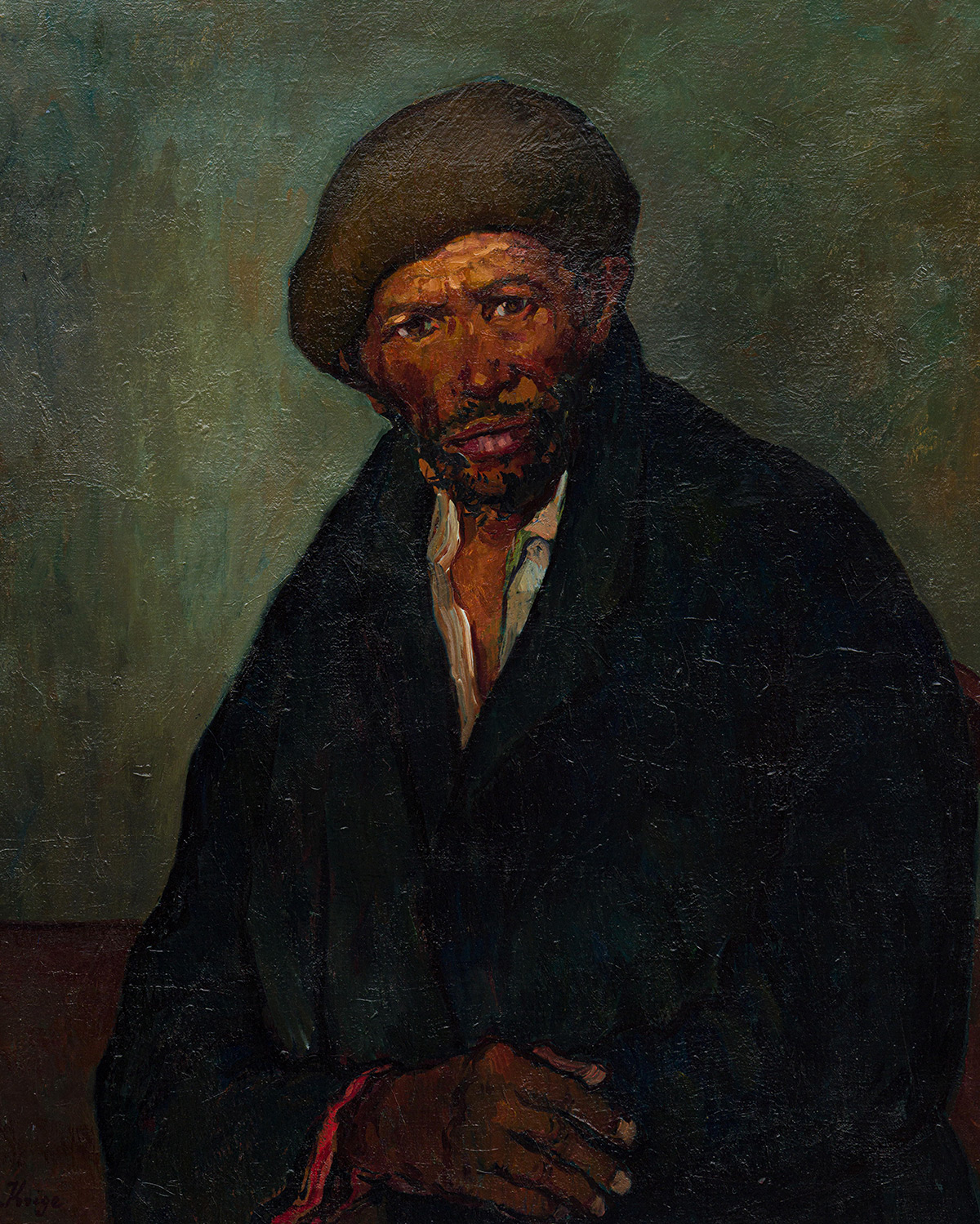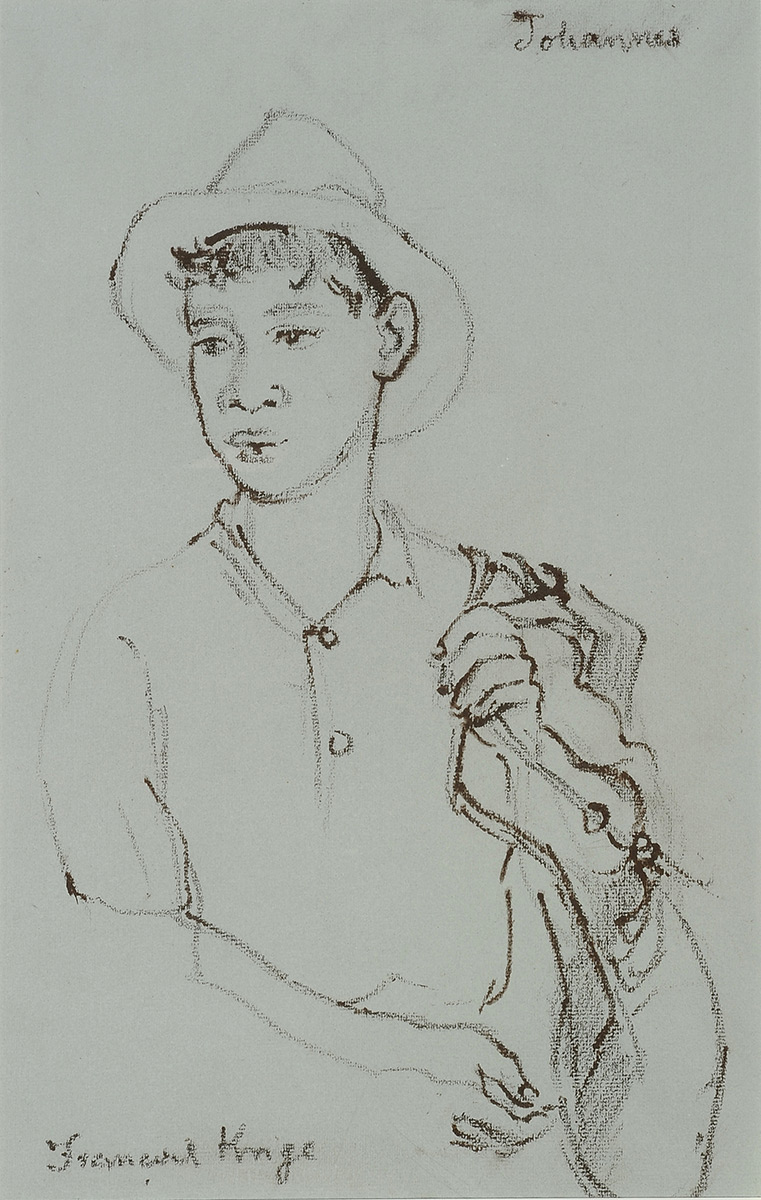Francois KRIGE (1913 – 1994)
BIOGRAPHY
François Krige was a significant figure in South African art, known for his contributions as a painter and his involvement in the artistic community. Born in Uniondale near Oudtshoorn, he grew up in a culturally rich environment – his father was a notable rugby player and his mother was a novelist. Krige began his formal art studies in 1927 at the Michaelis School of Fine Art at the University of Cape Town.
In the early stages of his career, Krige moved to Johannesburg, where he immersed himself in the art scene while supporting his brother Uys, who was establishing himself as a writer. His talent quickly became apparent, and he exhibited three works in the annual South African exhibition in 1933. He travelled to Europe in 1934, where he studied and drew inspiration from various artistic movements.
Krige’s work is characterised by a Post-Impressionist style, often celebrating the diverse flora and fauna of southern Africa. He was a member of the New Group, a collective of artists founded in the 1930s that aimed to raise the quality of South African art. Krige’s reputation grew further during his time as a wartime artist in World War II, where he documented Allied operations in North Africa and Italy.
Despite his talents and recognition – he received the medal of honour for painting and graphic art from the South African Academy for Science and Arts in 1949 – Krige preferred to maintain a low profile, often working in isolation. His travels included significant experiences, such as living with the !Kung Bushmen in the Kalahari Desert, which deeply influenced his work.



